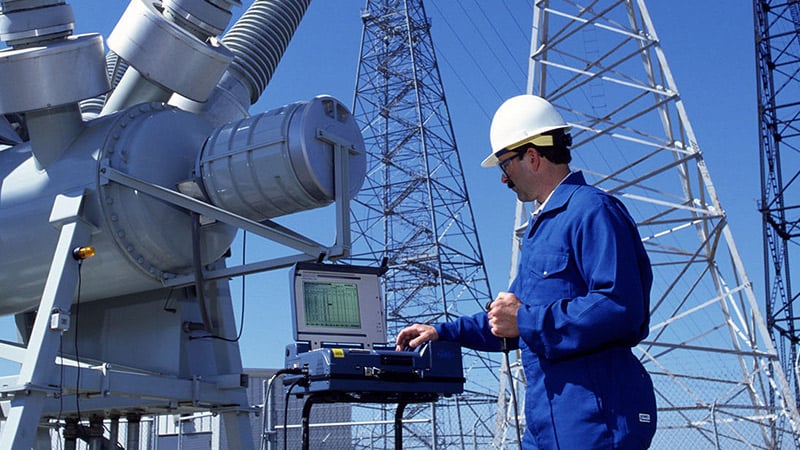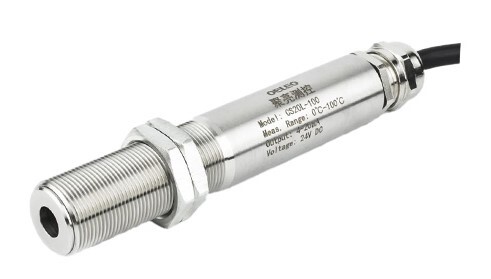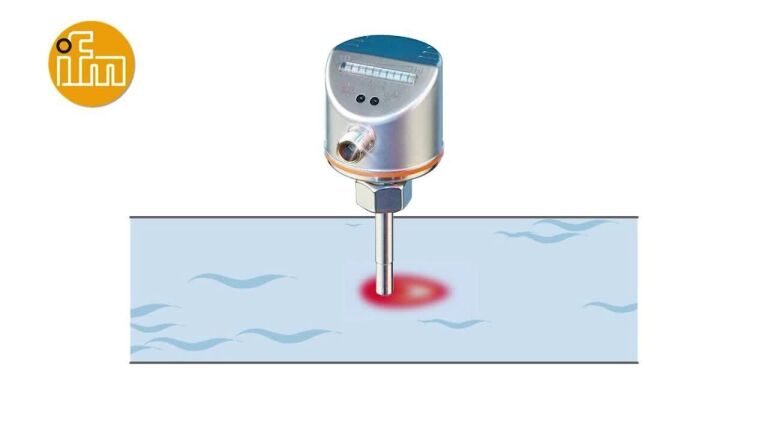آخرین تکنولوژیهای برق صنعتی فشار قوی
*تمام حقوق این مقاله برای سازه گستر پایتخت محفوظ است
مقدمه
برق صنعتی فشار قوی به سیستمی اطلاق میشود که برای انتقال و توزیع انرژی الکتریکی در سطوح ولتاژ بالا طراحی شده است. با پیشرفت تکنولوژی و افزایش نیاز به انرژی، تکنیکها و تجهیزات جدیدی در این حوزه به وجود آمدهاند که به بهبود کارایی و ایمنی سیستمها کمک میکنند. در این مقاله، به معرفی آخرین تکنولوژیهای برق صنعتی فشار قوی، پروژههای مطرح در این زمینه و چالشهای پیشرو خواهیم پرداخت.
شما می توانید برای خرید و اطلاع از قیمت انواع تجهیزات برق صنعتی فشار قوی مورد نیاز خود از طریق مشاوره با کارشناسان سازه گستر پایتخت اقدام نمایید.
گروه سازه گستر پایتخت با تکیه بر بیش از 20 سال تجربه و فعالیت به عنوان تامین کننده تجهیزات و ملزومات صنعت برق کشور ( الکتریکال - مکانیکال - ابزار دقیق ) با افتخار آماده خدمت رسانی به فعالان صنعت برق و صاحبان صنایع می باشد.
شماره تماس : 32 20 17 66 - 021
پست الکترونیک: info@sazehgostarsgp.com
نشانی: تهران، میدان فردوسی، کوچه گلپرور، پلاک 20، واحد 25

1. تکنولوژیهای جدید در برق فشار قوی
1.1. سیستمهای انتقال انرژی فوقالعاده (UHV)
سیستمهای UHV (Ultra High Voltage) برای انتقال انرژی در ولتاژهای بسیار بالا (بیش از 800 کیلوولت) طراحی شدهاند. این سیستمها به کاهش تلفات انرژی و افزایش ظرفیت انتقال کمک میکنند.
1.1.1. مزایای سیستمهای UHV
- کاهش تلفات انرژی: با افزایش ولتاژ، تلفات ناشی از مقاومت خطوط کاهش مییابد.
- افزایش ظرفیت انتقال: امکان انتقال انرژی بیشتری به مسافتهای طولانیتر فراهم میشود.
- کاهش نیاز به ایستگاههای تقویتکننده: به دلیل کاهش تلفات، نیاز به ایستگاههای تقویتکننده کمتر میشود.
1.1.2. پروژههای مهم
پروژههای مهمی مانند خط انتقال UHV در چین نشاندهنده قابلیتهای این تکنولوژی هستند. این خط با ظرفیت انتقال 12 گیگاوات، انرژی را از مناطق تولید به مناطق مصرف منتقل میکند.
1.2. تجهیزات قطع و وصل (Switchgear)
تجهیزات قطع و وصل فشار قوی با بهبود عملکرد و ایمنی، به یکپارچگی سیستمهای برق فشار قوی کمک میکنند.
1.2.1. انواع تجهیزات قطع و وصل
- تجهیزات قطع و وصل هوایی: معمولاً در مناطق باز استفاده میشود و نیاز به فضای بیشتری دارد.
- تجهیزات قطع و وصل عایقگازی (GIS): این نوع تجهیزات به دلیل عایقگذاری درون گاز، فضای کمتری را اشغال میکنند و ایمنی بیشتری دارند.
1.2.2. مزایای GIS
- کاهش فضای مورد نیاز: طراحی فشرده باعث کاهش اشغال فضا در مناطق شهری میشود.
- افزایش ایمنی: کاهش خطر آتشسوزی و انفجار به دلیل عایقگذاری گازی.
1.3. سیستمهای حفاظت و کنترل
با توجه به افزایش پیچیدگی سیستمهای برق فشار قوی، استفاده از سیستمهای حفاظت مدرن ضروری است.
1.3.1. تکنولوژیهای هوشمند
این سیستمها شامل تکنولوژیهای هوشمند هستند که میتوانند به طور خودکار علائم خطر را شناسایی و اقدامات لازم را انجام دهند.
1.3.2. مزایای سیستمهای حفاظت مدرن
- پیشگیری از خرابی: شناسایی زودهنگام مشکلات و جلوگیری از خرابیهای جدی.
- کاهش زمان تعمیرات: با شناسایی سریع مشکلات، زمان تعمیرات کاهش مییابد.
مطالعه مقاله سکسیونرها در سیستمهای برق فشار قوی: کاربردها، عملکرد و اهمیت
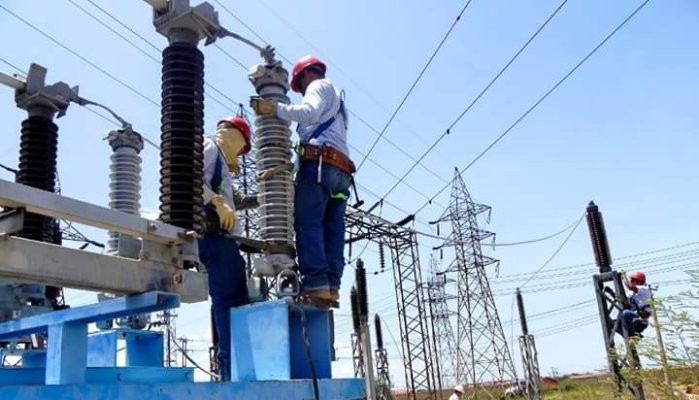
2. پروژههای مهم در برق فشار قوی
2.1. پروژه خط انتقال UHV در چین
این پروژه به عنوان یکی از بزرگترین پروژههای انتقال انرژی در جهان شناخته میشود.
2.1.1. جزئیات پروژه
- ظرفیت انتقال: 12 گیگاوات
- مسیر: از مناطق تولید انرژی در غرب به مناطق مصرف در شرق چین.
- تأثیرات اقتصادی: کاهش هزینههای انرژی در مناطق مصرف و بهبود دسترسی به انرژی.
2.2. پروژه GIS در اروپا
پروژههای GIS در کشورهای اروپایی به دلیل کاهش فضای مورد نیاز و افزایش ایمنی، به سرعت در حال گسترش هستند.
2.2.1. کشورهایی که از GIS استفاده میکنند
- آلمان: استفاده از GIS در شبکههای توزیع انرژی.
- فرانسه: پروژههای GIS به عنوان بخشی از برنامههای انرژی پاک.
2.3. پروژههای Smart Grid
گسترش تکنولوژی Smart Grid در برق فشار قوی به بهبود مدیریت انرژی و کاهش تلفات کمک میکند.
2.3.1. ویژگیهای Smart Grid
- تکنولوژی اینترنت اشیا (IoT): نظارت و کنترل بهینه بر روی شبکه برق.
- مدیریت بار: توانایی مدیریت بار در زمانهای اوج مصرف.
مشاهده محصول :
سوئیچ قطع برق 126kv تک قطبی عایق برق در فضای باز برند Tianan Electric
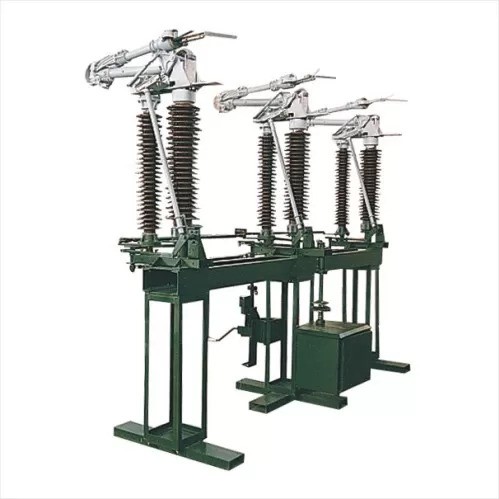
3. چالشهای موجود در برق فشار قوی
3.1. امنیت سایبری
با افزایش استفاده از تکنولوژیهای دیجیتال، امنیت سایبری به یکی از چالشهای اصلی تبدیل شده است.
3.1.1. تهدیدات سایبری
- حملات DDoS: میتوانند باعث اختلال در خدمات شوند.
- نقصهای امنیتی: ممکن است به دسترسی غیرمجاز به سیستمها منجر شود.
3.2. تغییرات آب و هوایی
تغییرات آب و هوایی تأثیرات قابل توجهی بر روی زیرساختهای برق فشار قوی دارند.
3.2.1. تأثیرات تغییرات آب و هوایی
- طوفانها و سیلابها: آسیب به تجهیزات و زیرساختها.
- افزایش دما: ممکن است باعث کاهش کارایی تجهیزات شود.
نتیجهگیری
با توجه به نیاز روزافزون به انرژی و پیشرفتهای تکنولوژیکی، برق فشار قوی در حال تحول و تغییر است. تکنولوژیهای جدید و پروژههای مهم در این حوزه به بهبود کارایی و ایمنی کمک میکنند. با این حال، چالشهای موجود نیاز به توجه و مدیریت دارند تا بتوان به توسعه پایدار در این صنعت دست یافت.
Latest Technologies in High Voltage Industrial Electricity
Introduction
High voltage industrial electricity refers to systems designed for the transmission and distribution of electrical energy at high voltage levels. With technological advancements and an increasing energy demand, new techniques and equipment have emerged in this area that enhance the efficiency and safety of these systems. This article introduces the latest technologies in high voltage industrial electricity, prominent projects in this field, and the challenges ahead
1. New Technologies in High Voltage Electricity
1.1. Ultra High Voltage (UHV) Transmission Systems
UHV systems are designed for energy transmission at very high voltages (over 800 kV). These systems help reduce energy losses and increase transmission capacity.
1.1.1. Advantages of UHV Systems
- Reduced Energy Losses: Higher voltage reduces losses due to line resistance.
- Increased Transmission Capacity: Enables the transmission of more energy over longer distances.
- Reduced Need for Booster Stations: Due to lower losses, the need for booster stations is minimized.
1.1.2. Major Projects
Significant projects like the UHV transmission line in China demonstrate the capabilities of this technology. This line, with a transmission capacity of 12 gigawatts, efficiently transmits energy from production areas to consumption areas.
1.2. Switchgear Equipment
High voltage switchgear equipment enhances the performance and safety of high voltage electricity systems.
1.2.1. Types of Switchgear Equipment
- Air Insulated Switchgear: Typically used in open areas, requiring more space.
- Gas Insulated Switchgear (GIS): This type occupies less space and offers greater safety due to gas insulation.
1.2.2. Advantages of GIS
- Reduced Space Requirements: Compact design reduces space occupancy in urban areas.
- Enhanced Safety: Lower risk of fires and explosions due to gas insulation.
1.3. Protection and Control Systems
Due to the increasing complexity of high voltage electricity systems, modern protection systems are essential.
1.3.1. Smart Technologies
These systems include smart technologies capable of automatically identifying danger signals and taking necessary actions.
1.3.2. Benefits of Modern Protection Systems
- Prevention of Failures: Early identification of issues to prevent serious failures.
- Reduced Repair Time: Quick identification of problems minimizes repair time.
2. Major Projects in High Voltage Electricity
2.1. UHV Transmission Line Project in China
This project is recognized as one of the largest energy transmission projects in the world.
2.1.1. Project Details
- Transmission Capacity: 12 gigawatts
- Route: From energy production areas in the west to consumption areas in eastern China.
- Economic Impacts: Reduces energy costs in consumption areas and improves energy accessibility.
2.2. GIS Projects in Europe
GIS projects in European countries are rapidly expanding due to reduced space requirements and increased safety.
2.2.1. Countries Utilizing GIS
- Germany: Use of GIS in energy distribution networks.
- France: GIS projects as part of clean energy programs.
2.3. Smart Grid Projects
The expansion of Smart Grid technology in high voltage electricity helps improve energy management and reduce losses.
2.3.1. Features of Smart Grid
- Internet of Things (IoT) Technology: Optimal monitoring and control of the electricity network.
- Load Management: Ability to manage loads during peak consumption times.
3. Challenges in High Voltage Electricity
3.1. Cybersecurity
With the increasing use of digital technologies, cybersecurity has become a major challenge.
3.1.1. Cyber Threats
- DDoS Attacks: Can disrupt services.
- Security Vulnerabilities: May lead to unauthorized access to systems.
3.2. Climate Change
Climate change significantly impacts high voltage electricity infrastructures.
3.2.1. Effects of Climate Change
- Storms and Floods: Can damage equipment and infrastructure.
- Rising Temperatures: May reduce equipment efficiency.
Conclusion
Given the growing demand for energy and technological advancements, high voltage electricity is undergoing transformation. New technologies and significant projects in this field contribute to improved efficiency and safety. However, existing challenges require attention and management to achieve sustainable development in this industry.
References
- Zhang, L. (2020). Ultra High Voltage Transmission Technology. Energy Reports.
- Smith, J. (2021). Gas Insulated Switchgear: A Comprehensive Review. Journal of Electrical Engineering.
- Brown, T. (2022). Smart Grids: The Future of Energy Management. Renewable Energy Journal.
- Johnson, R. (2023). Cybersecurity in Power Systems. International Journal of Cybersecurity.
- Lee, A. (2023). Impact of Climate Change on Energy Infrastructure. Environmental Science & Policy.


